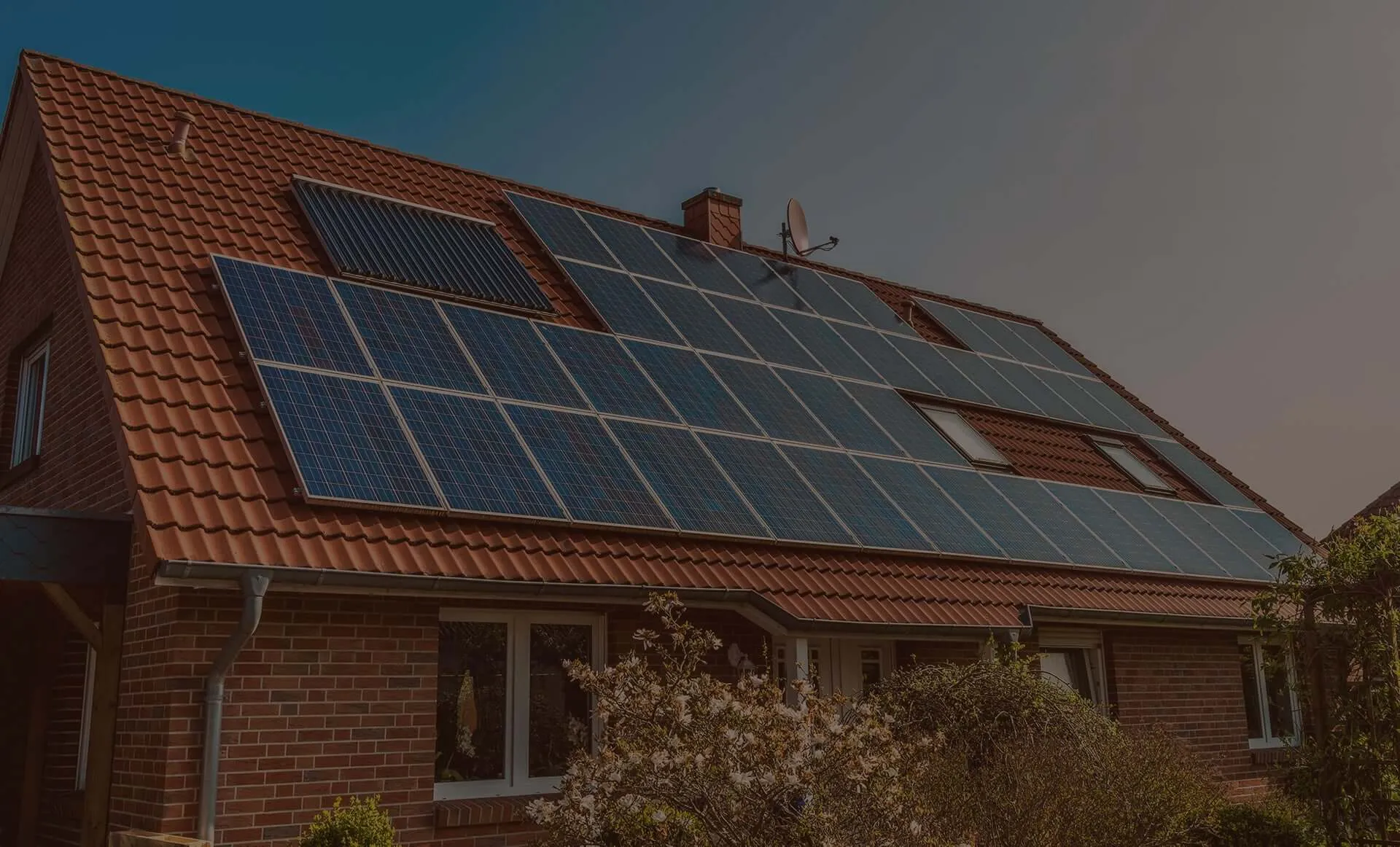Are Bifacial Solar Panels More Efficient Than Traditional Options for Your Energy Needs
Are Bifacial Solar Panels Better?
Solar energy has emerged as a vital force in the ongoing transition towards renewable energy sources. As technology continues to advance, the efficiency and effectiveness of solar panels improve. One such advancement is the development of bifacial solar panels, which have gained popularity in recent years. But are bifacial solar panels better than their traditional counterparts? In this article, we’ll explore the advantages and potential drawbacks of bifacial solar panels to help determine their overall effectiveness.
What Are Bifacial Solar Panels?
Bifacial solar panels are unique in that they can harness sunlight from both sides. Unlike traditional solar panels, which absorb sunlight only from the front, bifacial panels are designed with transparent backs, allowing them to capture sunlight reflecting off the ground or other surfaces. This innovative design can potentially increase energy output.
Advantages of Bifacial Solar Panels
1. Enhanced Energy Production One of the most significant advantages of bifacial solar panels is their ability to produce more energy. Studies have shown that bifacial panels can generate anywhere between 10% to 30% more electricity compared to traditional monofacial panels, depending on environmental conditions and the installation site. The added energy generation occurs due to the reflection of sunlight from surrounding surfaces, such as roofs, sand, or snow.
2. Durability and Lifespan Bifacial solar panels generally have a longer lifespan. Their design often involves higher-quality materials and construction, which can withstand harsh environmental conditions better. This increased durability can translate to fewer replacements and repairs over time, potentially lowering overall system costs.
3. Aesthetic Appeal Bifacial solar panels can be more visually appealing than traditional panels. Their transparent back can blend into various architectural designs, which can be a significant factor for homeowners and businesses concerned about aesthetics.
4. Versatile Applications These panels can be installed in various configurations, such as ground-mounted, rooftop, and vertical installations. This versatility allows for better use of land and can be a more effective solution in areas with limited space.
are bifacial solar panels better

5. Reduced Levelized Cost of Electricity (LCOE) Due to their ability to generate more energy without requiring additional land or significant changes to infrastructure, bifacial panels can lower the levelized cost of electricity. This reduced cost can make solar energy more accessible and appealing to both residential and commercial users.
Potential Drawbacks
Despite their numerous benefits, bifacial solar panels do have some potential drawbacks that should be considered.
1. Higher Initial Cost The manufacturing and installation costs of bifacial panels may be higher than conventional panels. For those on a strict budget, this can be a significant disadvantage. However, the long-term savings from increased energy production can offset this initial investment.
2. Site-Specific Performance The performance of bifacial panels largely depends on the reflectivity of the surface beneath them. Grass, dirt, or concrete surfaces may not provide optimal reflection, whereas white rooftops or snow-covered ground could maximize energy generation. Therefore, careful site selection and analysis are essential for achieving maximum efficiency.
3. Complex Installation The installation of bifacial panels may require additional expertise compared to standard panels. Proper mounting and positioning are crucial to maximizing their benefits, which can complicate the installation process.
4. Limited Availability While bifacial solar technology is becoming more mainstream, it may not be as widely available as traditional panels in more remote or less developed areas. This limited accessibility can hinder the adoption of bifacial technology in certain regions.
Conclusion
In summary, bifacial solar panels offer several advantages over traditional solar panels, including increased energy production, enhanced durability, and aesthetic appeal. However, they also come with potential drawbacks, such as higher initial costs and site-specific performance limitations. Ultimately, whether bifacial solar panels are better depends on individual needs, budget constraints, and installation circumstances. As the solar industry continues to evolve and more research emerges, bifacial technology may provide even more compelling advantages, further solidifying its place in the future of renewable energy.
-
String Solar Inverter: The High-Efficiency Solution for Smart Solar EnergyNewsJul.14,2025
-
Revolutionizing Rooftop Energy with the Power of the Micro Solar InverterNewsJul.14,2025
-
Power Independence with Smart Off Grid Solar Inverter SolutionsNewsJul.14,2025
-
On Grid Solar Inverter: Powering the Future with Smart Grid IntegrationNewsJul.14,2025
-
Monocrystalline Solar Panels: High-Efficiency Power for the Future of Clean EnergyNewsJul.14,2025
-
Bifacial Solar Panel: A Smarter Investment for Next-Generation Energy SystemsNewsJul.14,2025







